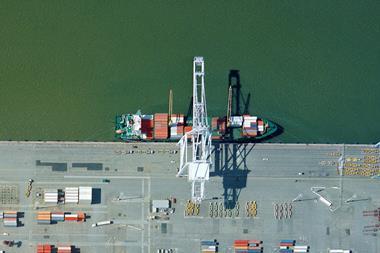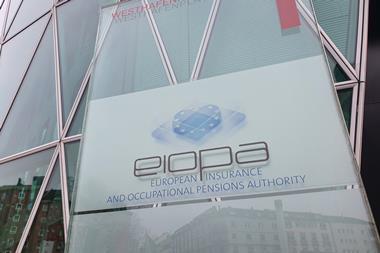Sovereign wealth and pension reserve investors worth $7.8trn (€6.2trn) only allocate 1% of assets to infrastructure, with regulatory action and governance changes needed to allow for greater investment, according to the OECD.
The think tank’s annual survey of large-scale asset owners, which investigated the institutions’ long-term investment activity, found that only $80bn of the surveyed assets were allocated to infrastructure.
It found that the allocation to infrastructure had been stable since 2010, and said that the future growth in the market would be determined by regulation and availability of projects.
The overwhelming majority – or $70bn of assets – was invested in unlisted infrastructure, with the remainder in infrastructure debt. Of the unlisted exposure, 29% was held in unlisted funds, and 68% in direct or joint ventures projects – an allocation that had grown since 2010.
According to the OECD, the growth of alternative investments such as infrastructure was challenging the traditional governance models in place at many institutions.
“For example more expertise at the level of pension board members will be required perhaps including specialists that have appropriate asset and risk management skills.
“In order to reduce costs and agency risks many funds are also looking at insourcing asset management,” the survey said.
“Still, the risks of being different – by adopting unconventional asset allocation techniques or investments – are a challenge or even a barrier for investors.”
The report stressed that it would be of ever-growing importance to monitor the systemic risks posed by larger pension funds, emphasising the need for sound governance and regulatory oversight.
It further recommended that governments and regulators start collecting and standardising data around long-term investments, so that differing methodologies and definitions do not hinder the ability to compare performance.
“Definitions of alternative assets which ensure that the data collected and reported is comparable across pension funds is required in order to monitor the flows into different types of alternative assets and their respective cost and performance,” the survey said.
“This is vital not only for investors but also for regulators and other policymakers in order to help them better understand the exposure of pension funds in different countries and to develop appropriate regulation.”
























No comments yet